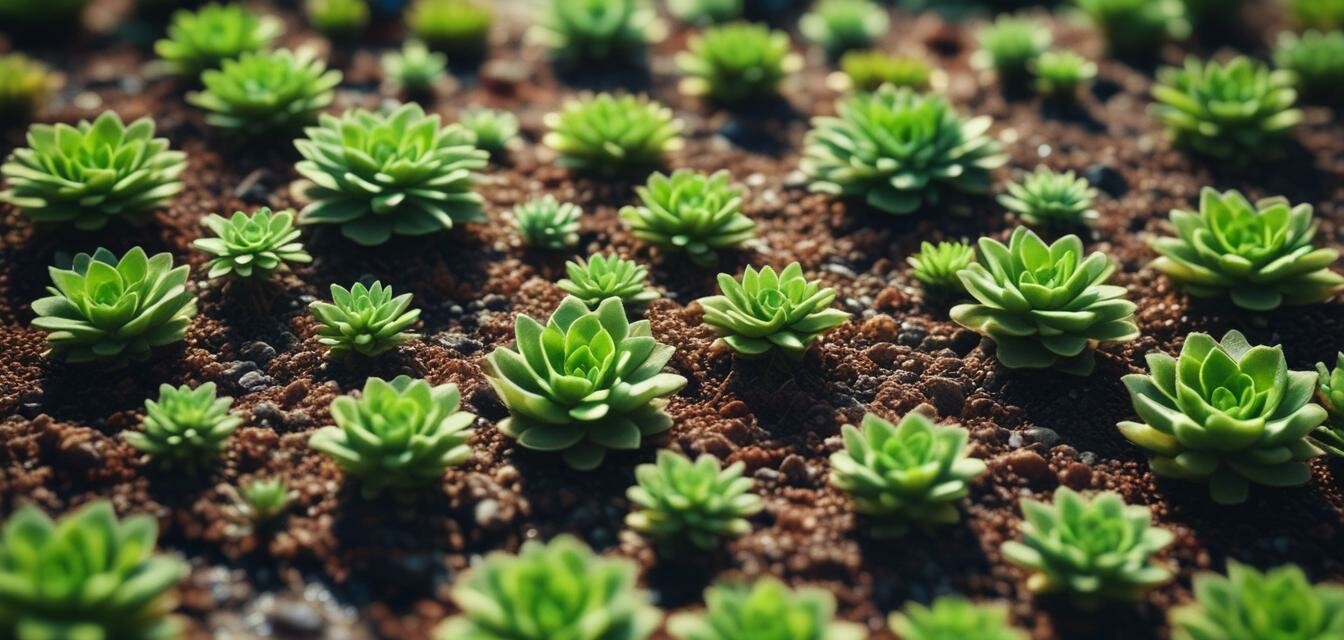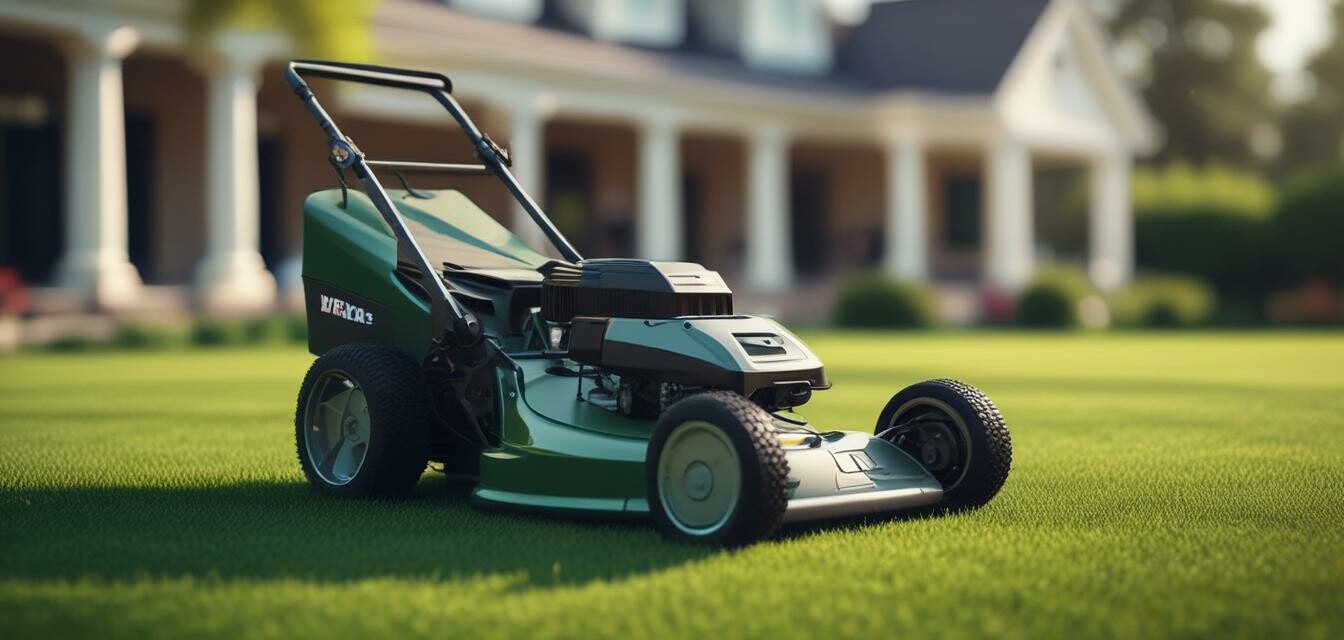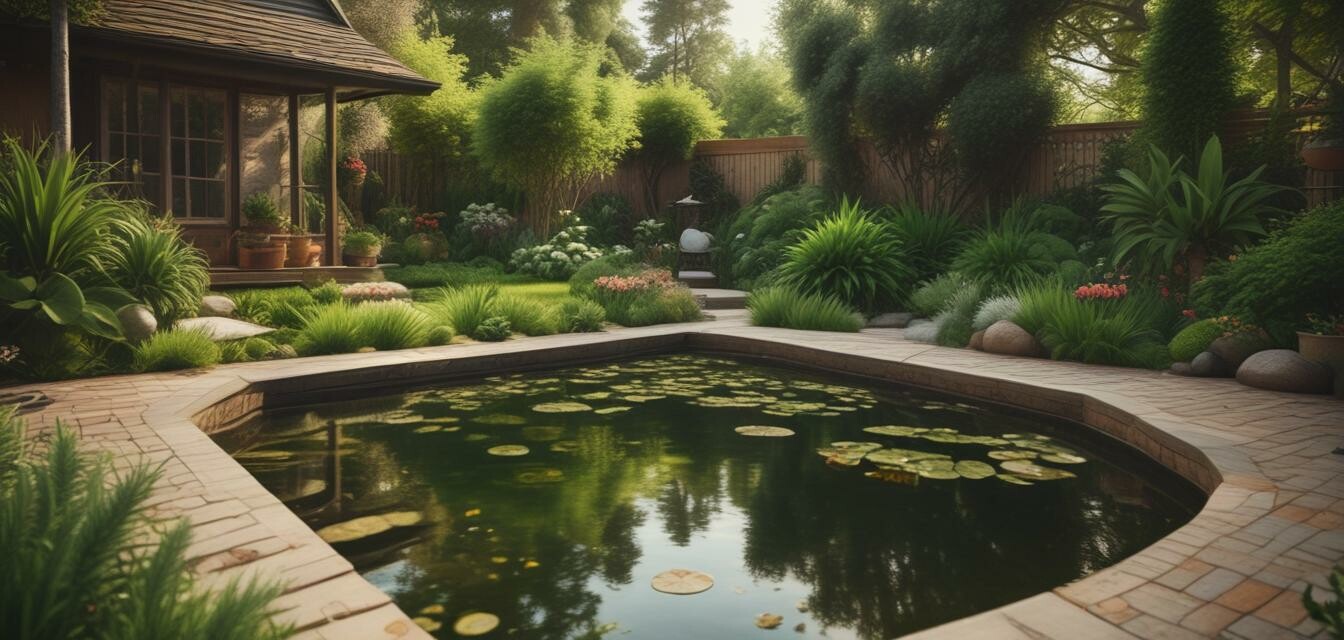
Sustainable Landscaping Materials
As the world shifts towards a more eco-conscious lifestyle, homeowners and professionals alike are seeking sustainable landscaping materials to create environmentally friendly outdoor spaces that are both beautiful and functional.
Key Takeaways
- Choose materials that are locally sourced, recycled, and recyclable.
- Opt for natural and organic materials over synthetic ones.
- Consider the lifespan and maintenance requirements of the material.
- Look for certifications like FSC and SFI for sustainable forestry practices.
Why Sustainable Landscaping Materials Matter
The environmental impact of traditional landscaping materials cannot be ignored. From deforestation to pollution, the consequences of our choices can be devastating. By switching to sustainable materials, we can reduce our carbon footprint, conserve natural resources, and create healthier ecosystems.
| Material | Environmental Impact | Sustainable Alternative |
|---|---|---|
| Pressure-Treated Wood | Toxic chemicals, deforestation | Cedar, Redwood, or Recycled Plastic |
| Concrete | High carbon emissions, resource intensive | Porous Pavers, Gravel, or Decomposed Granite |
| Plastic Mulch | Microplastics, pollution | Organic Mulch, Straw, or Wood Chips |
Natural and Organic Materials
When it comes to sustainable landscaping materials, natural and organic options are often the best choice. These materials not only reduce waste but also promote healthy ecosystems and biodiversity.
- Natural Stone: Durable, low maintenance, and aesthetically pleasing.
- Compost: Rich in nutrients, reduces waste, and improves soil health.
- Wooden or Bamboo Tools: Sustainable, durable, and eco-friendly alternatives to metal tools.

Recycled and Repurposed Materials
Transforming waste into functional and beautiful landscaping materials is a creative way to reduce waste and promote sustainability.
| Material | Benefits |
|---|---|
| Recycled Glass | Reduces waste, durable, and aesthetically pleasing. |
| Repurposed Wood | Reduces deforestation, unique aesthetic, and cost-effective. |
| Crushed Concrete | Reduces waste, durable, and permeable. |
Certifications and Labels to Look For
When shopping for sustainable landscaping materials, look for certifications and labels that ensure the material meets environmental standards.
- FSC (Forest Stewardship Council): Promotes responsible forestry practices.
- SFI (Sustainable Forestry Initiative): Ensures sustainable forestry practices and responsible wood sourcing.
- Recyclable and Biodegradable labels: Indicates the material can be reused or broken down naturally.

Pros
- Reduces waste and conserves natural resources.
- Creates healthy ecosystems and promotes biodiversity.
- Aesthetically pleasing and unique designs.
Cons
- May require more maintenance than traditional materials.
- Can be more expensive than traditional materials.
- Availability and sourcing may be limited.

Beginner's Tips for Sustainable Landscaping
- Start small and gradually transition to sustainable materials.
- Research and plan before making a purchase.
- Consider consulting with a professional or seeking online resources.
By incorporating sustainable landscaping materials into your outdoor space, you'll not only reduce your environmental impact but also create a beautiful and functional oasis that benefits both you and the planet.








